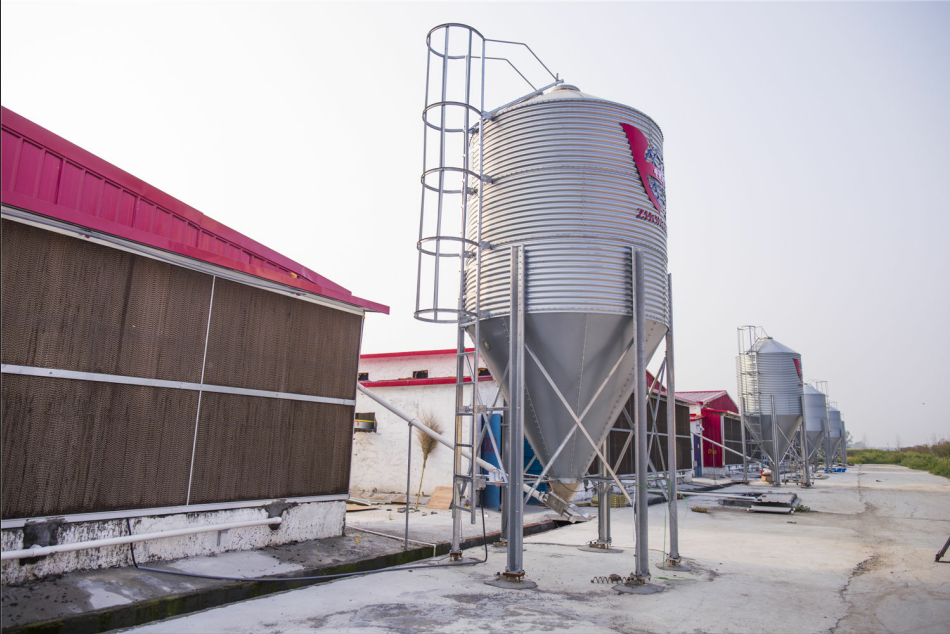Now, farmers will choose to use chicken battery cage for broilers to breed broilers. The growth cycle of broilers is short, and the general equipment can be used for more than ten years. Therefore, broiler breeding equipment can breed many batches of broilers. In order to ensure the sanitation of equipment and chicken houses, farmers need to disinfect chicken houses and equipment regularly, so that after the next batch of broilers enter the cages, they can have a better living space, which is also more conducive to the growth of broilers. The following are the disinfection points of chicken houses for broiler breeding equipment.
Correct disinfection of chicken coops should be thoroughly cleaned and disinfected before introducing new chickens, and each chicken coop should be free for at least 2 weeks after disinfection and fumigation. It depends on the degree of thorough cleaning before using disinfectant, not on the disinfectant used. Thorough cleaning is the most basic method, which can reduce the total number of pathogens, remove the pollution of hidden pathogens, and expose pathogens to sunlight, air and disinfectants.
Clean up the chicken battery cages , eliminate all chickens in the coop, and remove the excrement and sundries scattered inside and outside the coop. Remove the remaining feed and discard the unused feed. The trough and bin should be thoroughly cleaned, and the residual feed attached to the bottom and four walls of the bin must be removed to avoid becoming the source of epidemic diseases. Movable equipment shall be removed from the chicken coop and cleaned, disinfected and exposed to sunlight. Moving unsterilized equipment back to the chicken coop will destroy the disinfection effect of the chicken coop and lead to re-contamination.
Clean the chicken coop initially, flush the ceiling, walls and windows with water to remove the attached dust. The splashed sewage and dirt are finally transferred to a place far away from the chicken coop for accumulation and fermentation together with all the bedding on the ground, the bedding scattered outside the chicken coop, the garbage and weeds in the feed room and outside the chicken coop. Wash chicken coop walls and equipment thoroughly with water added with detergent to soak them for 2 hours, then use high pressure water. The parts of the equipment that need to be wiped should be carefully wiped, and dead corners or important parts should be carefully wiped with a brush when necessary.
Disinfect the chicken coop when it is still wet after washing. Some disinfectants may remain in the chicken coop, so rinse it with clear water after disinfection. If the bactericide used before is formaldehyde, fumigate it again. Doors and windows should be closed during fumigation. Formalin and potassium permanganate are commonly used fumigants. Insecticides should be applied to the cracks between the ground and the wall surface and the bottom of the pillars to ensure
the killing of insects entering the chicken coop. Close the chicken coop, put in fresh cages, bedding and sterilized equipment, and close the chicken coop for 2-3 weeks.
